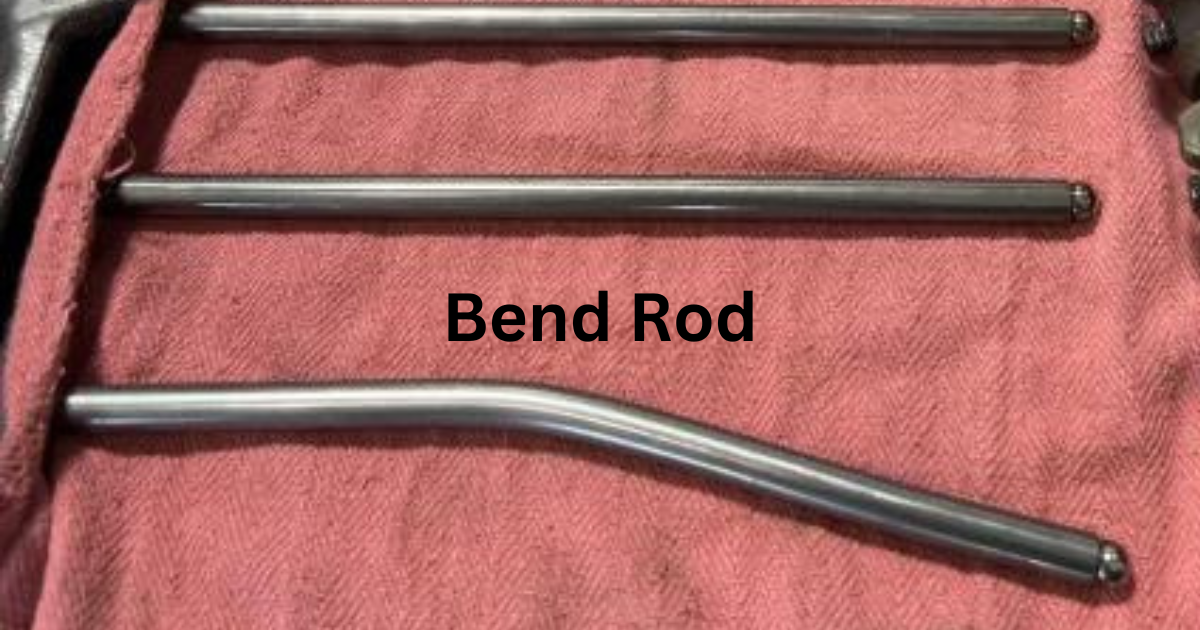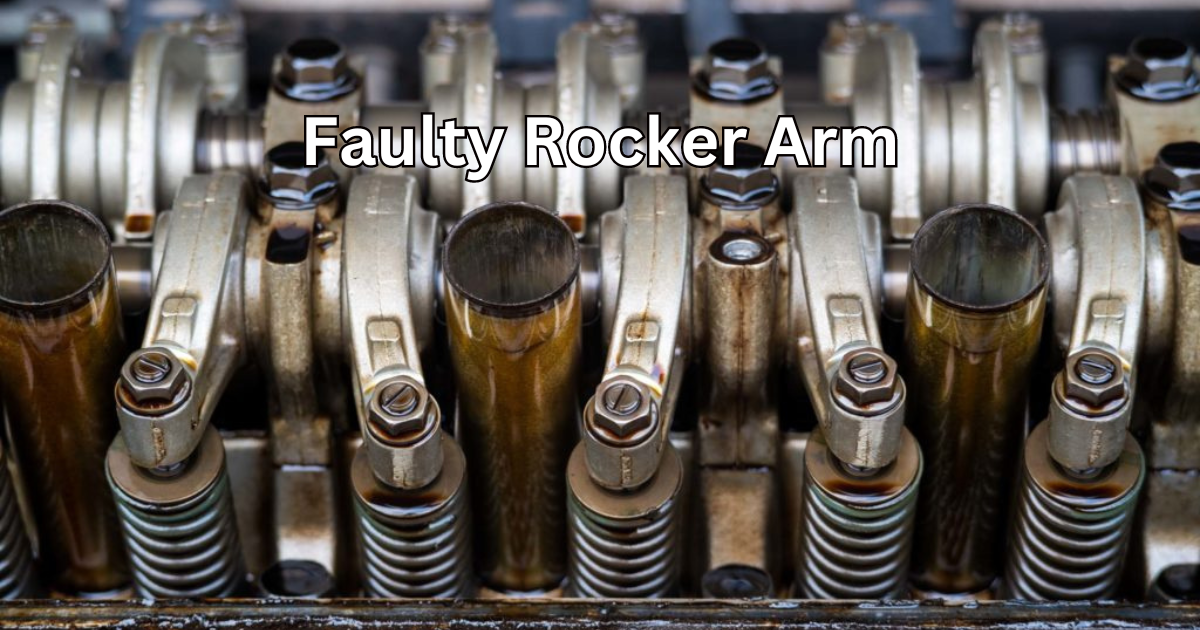For maximum performance of internal combustion engines, overhead valve engines rely on pushrods, the primary component of these engines, to transmit the reciprocating action. In an internal combustion engine, the pushrods that open and close the engine are typically operated by a cam.
The signs of a bent pushrod are described in this article. The likelihood of experiencing bent pushrods in an overhead valve engine-powered vehicle is high. For that reason, the article primarily focuses on the signs and causes of a bent pushrod.

Bent Pushrod Symptoms
If you are aware of the signs to look for, you should have no trouble diagnosing a bent pushrod, even if they aren’t immediately apparent. A twisted pushrod is indicated by multiple signs. The problem is that there are other engine system problems that might produce most of these symptoms as well. In this regard, you ought to be familiar with the signs that indicate a faulty or twisted pushrod.
It sounds like a bent pushrod when hydraulic lifters or rocker arms are malfunctioning.
When the pushrod is bent, the cylinders in your engine won’t work properly, leading to misfiring. Envision a situation when you discover that a cylinder or cylinders are not functioning properly.
If one of your cylinders is misfiring, it could be due to faulty fuel injectors, a faulty plug coil, or spark plugs. It is also possible that the pushrod is bent. You may visually inspect the pushrod to see whether it’s broken.
A knocking or ticking sound coming from inside your engine when you’re accelerating or idling could be caused by a number of reasons. Engine banging could be caused by a number of issues, such as hydraulic lifters that are too stiff, worn-out rocker arms, twisted coin rods, fractured pistons, oil pumps that aren’t working properly, or both.
Perhaps you’re wondering: how does a bent pushrod sound? Although a ticking sound can be produced by a bent pushrod, the pushrod is already far gone by the time this happens.
When air and fuel mix in an engine’s cylinders, a phenomenon known as compression occurs. A low compression test measures this. Your engine’s optimal performance depends on this procedure. Misfiring at engine startup, rough idling, or poor performance in idle or when driving the cab are all symptoms of problems that could arise at any point in this process.
To open and close the valves, pushrods are used, as mentioned earlier. Bending the pushrod prevents it from sliding smoothly up and down, which slows down the opening and closing of the valves.

Conclusion
The symptoms of a bent pushrod have been extensively covered. A few things you can do to keep your engine from making stuck noises are crucial pieces of information. Sticking sounds are a telltale sign of a damaged valve or a bent pushrod, as is well known. You can keep your engine free of studs and sludge by changing the oil regularly using the engine’s specified quality of oil. The smooth sliding of your pushrods is dependent on an engine clear of gunk.





